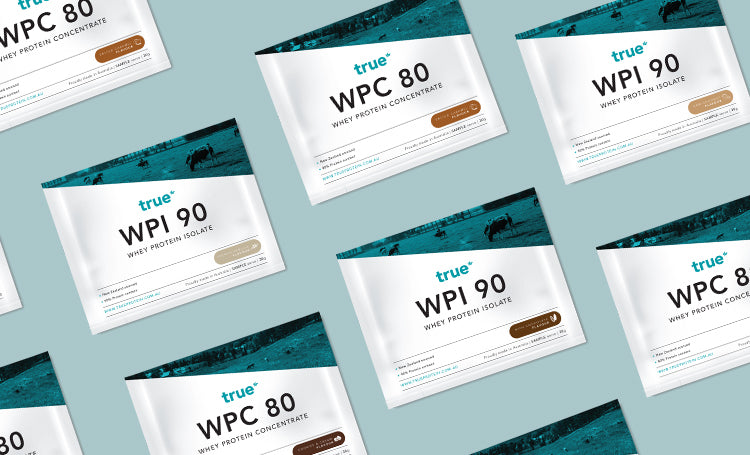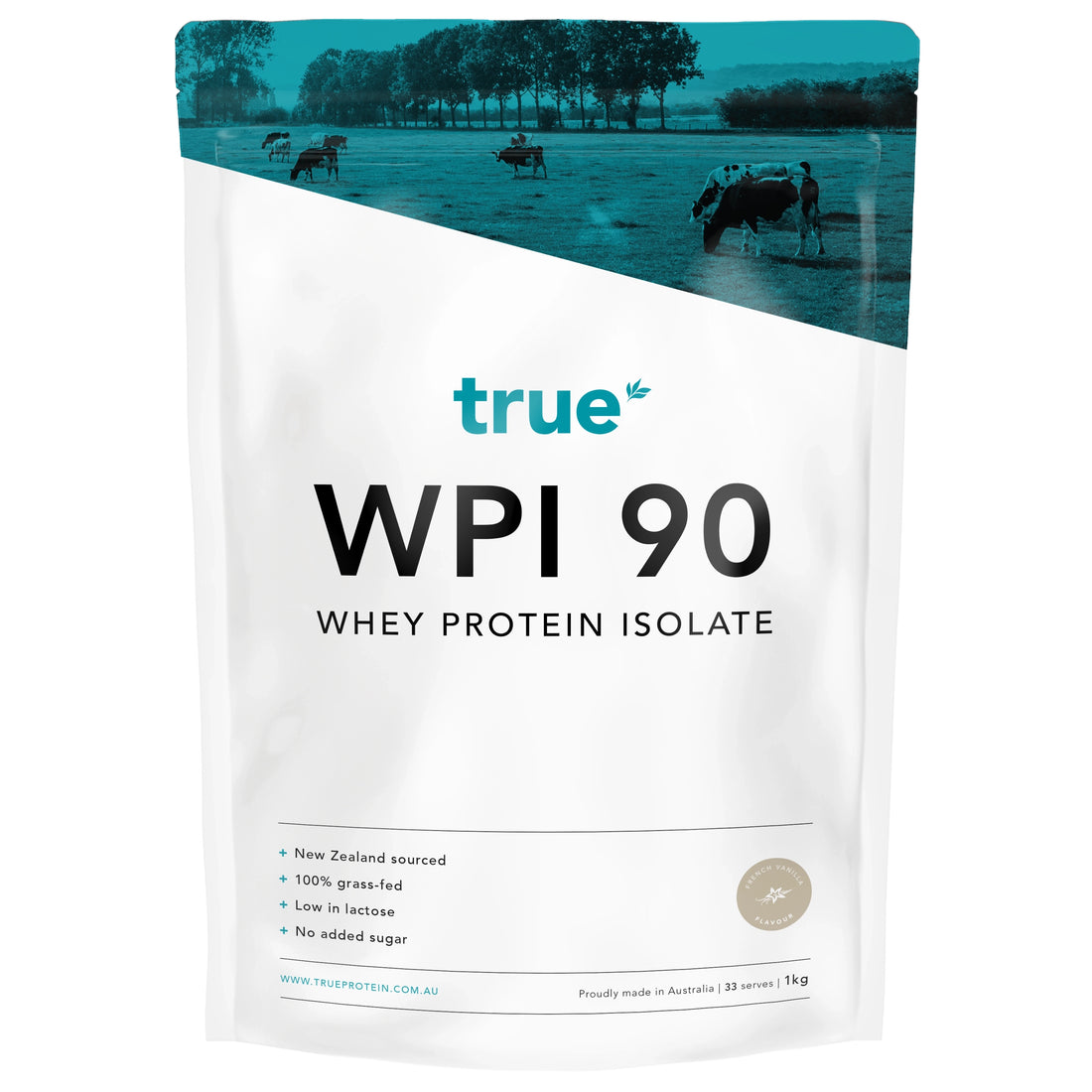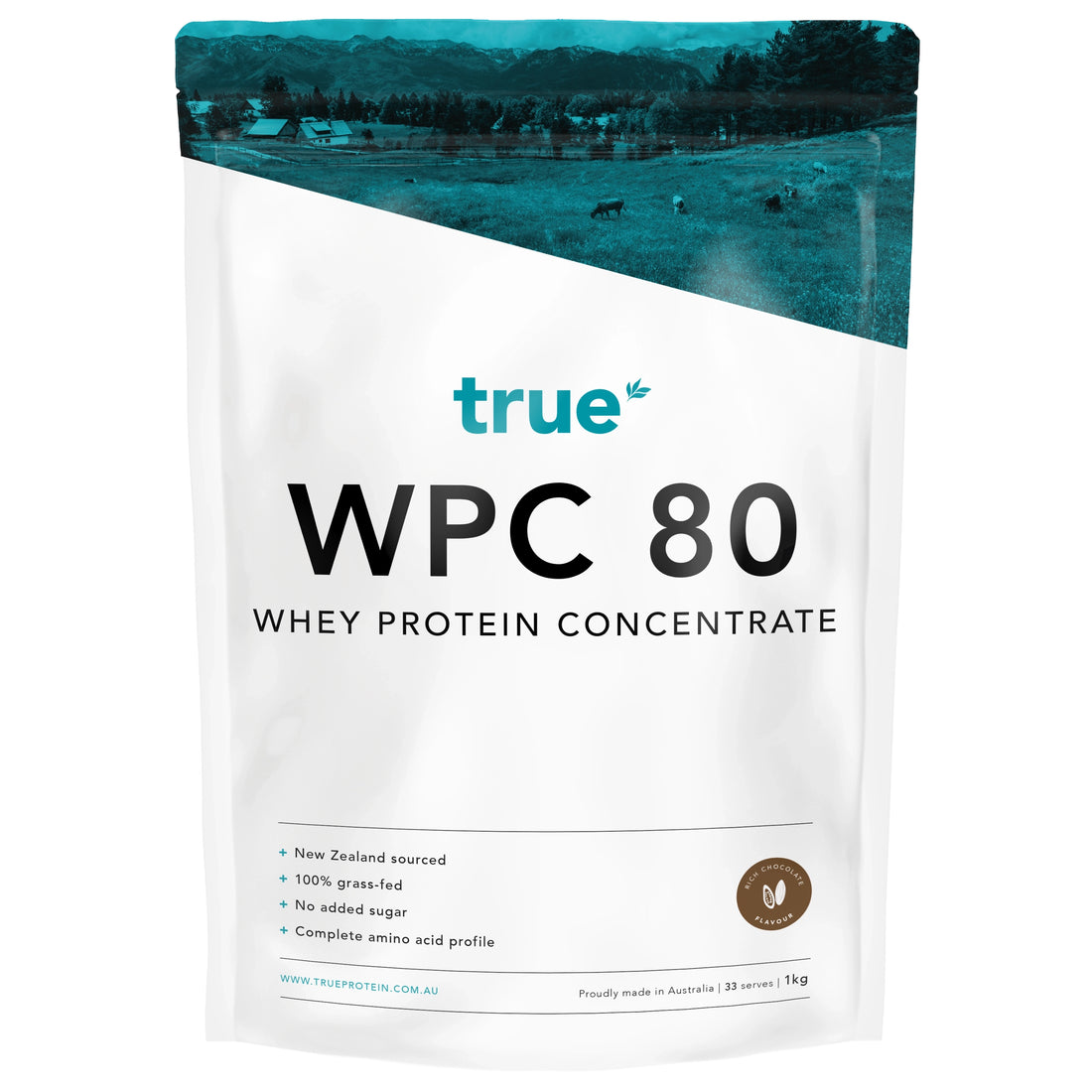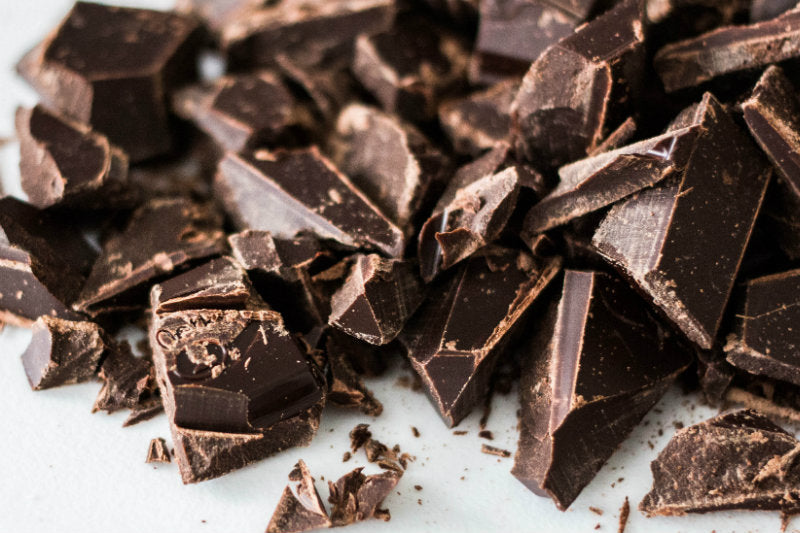There’s a lot information out there about whey protein and why it’s the most ideal protein supplement around. In fact, there’s probably too much information. To help you get a comprehensive understanding of the benefits of whey protein, I’ve put together a complete yet simple guide!
The Low-down
Whey protein is a by-product of cheese making that is extremely low in lactose and contains 9 essential amino acids. The most common use of whey protein is supplementation, with exercise, to improve muscle protein synthesis and maximize the growth of lean tissue mass.
What are the types of whey protein?
There are three main types of whey protein:
- Whey protein concentrate (WPC) contains minimal levels of fat and carbohydrates (lactose). The percentage of protein within WPC ultimately depends on its concentration, with lower end concentrates usually comprising of 30% protein and the higher end up to 90%.
- Whey protein isolate (WPI) is a further processed type of whey that sees all fat and lactose removed from the product. WPI is comprised of at very least 90% protein content.
- Whey protein hydrolysate (WPH) is a specific protein that doesn’t require as much digestion as WPC or WPI, and as such is frequently used within medical protein supplements or infant formulas.
What does whey protein do?
Whey protein has a variety of benefits including:
- Whey protein provides protein and amino acids, which serve as the building blocks for increased muscle growth.
- Whey protein increases the release of anabolic hormones that can stimulate muscle growth.
- Whey protein is high in the amino acid Leucine, which is known to stimulate muscle protein synthesis.
- Some studies suggest whey protein may lower blood pressure.
- Whey protein is highly satiating (filling) meaning it can reduce hunger, reducing the urge for an unhealthy afternoon snack!
- Whey protein’s high protein content means it can help you lose fat and gain muscle simultaneously when used in conjunction with a healthy diet.
- Whey protein can help control the rate by which sugar enters the bloodstream. Enabling you to better control your blood sugar.

Why does it matter whether or not cows are grass fed?
Many cows are fed genetically modified corn, soy and fats (along with high quantities of antibiotics). As a result, these cows are far more susceptible to disease and deficient in crucial minerals such as calcium, magnesium and potassium. Subsequently, these cows produce inferior milk and by extension inferior whey protein.
Grass-fed cows consume a natural diet, therefore their milk and meat are natural and high quality, with less marbling (fats) and high levels of iron and protein. Grass-fed cows also produce conjugated linoleic acid (CLA) which is a quality fatty acid is known to promote fat loss, increase lean muscle mass and reduce the risk of heart disease, cancer and diabetes. Additionally, the effect of feeding cows genetically modified corn is widely debated with the long-term effects both on the cow itself and the milk it produces widely unknown.
Where is the best whey protein sourced from?
True Protein sources the majority of its whey protein from New Zealand, but why? Well, New Zealand is the most advanced dairy producer in the world with strict guidelines on grass feeding and track record for free-range livestock. This makes for healthier cows and in turn, everything the cow produces is considerable healthier!
Additionally, the New Zealand government mandates that all dairy products are to be free of chemical residue, growth hormones and antibiotics. The effect of these substances on the cow’s produce, like the effect of genetically modified corn, is widely debated and critiqued. Thus, without any evidence to suggest these substances don’t harmfully impact the body, it’s best to steer well and truly clear of them when possible.
When to use whey protein

The timing of whey protein consumption depends on an individual’s nutritional and training goals. Generally, the most important time to consume protein is immediately post-training as your muscles require nutrition for recovery and growth. If your body doesn’t receive its required protein, post-workout recovery can be negatively impacted and all your hard work may for nothing.
Whey protein supplementation can also be used to help you achieve your macronutrient goals when you are short for time or are unable to consume enough whole sources of protein. Similarly, Whey protein can also be used for weight loss. In the context of weight-loss, whey protein supplementation can be used as a meal/snack replacement or consumed before going out to eat in order to prevent overindulging.
It is important to note that whey protein supplementation should only be used to supplement your diet. It is unwise to replace all your meals with whey protein, instead, it should be used in addition to a healthy and wholesome diet.
How to choose the right whey protein
When looking for a whey protein, you should look for a number of things:
- Grass-fed whey protein (especially NZ) has been extensively researched and found to be the purest worldwide.
- Consider the nutritional information – is it even available? Look for items such as saccharin, aspartame or acesulfame. Research suggests these subjects can promote cancer and disease.
- Look for natural sweeteners such as stevia and sucralose, rather than artificial sweeteners. For more information on artificial vs natural sweeteners look here.
- If you’re unsure about a product, check other websites. Most products are listed by several distributor sites, meaning there may be a better range of reviews available on another site.
- Get a sample. Don’t commit to a full bag of a protein powder you may not like. Most companies offer single serving samples, so why not give the protein a trial first? True Protein’s sample protein packs are available here.






